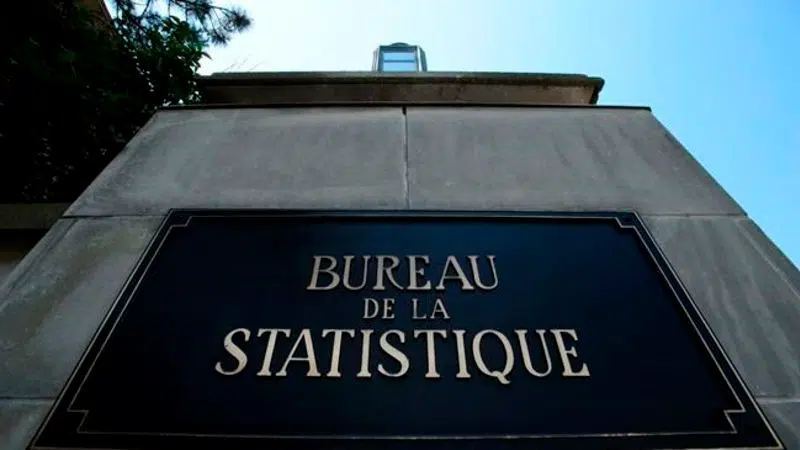
StatCan study testing wastewater suggests Canadians’ drug use varies by city
MONTREAL — A pilot project that analyzed wastewater in five major urban centres suggests Canadians’ may use drugs differently depending on which city they call home.
For example, the analysis by Statistics Canada showed cannabis levels are much higher in Montreal and Halifax than in Toronto, Vancouver and Edmonton.
But the findings reported Monday showed methamphetamine levels were significantly higher in the latter two cities. Methamphetamine levels were particularly low in Halifax — six times lower than in Toronto, the next-lowest city.
Cocaine use, on the other hand, appeared more evenly distributed across the cities, averaging 340 grams per million people per week.


